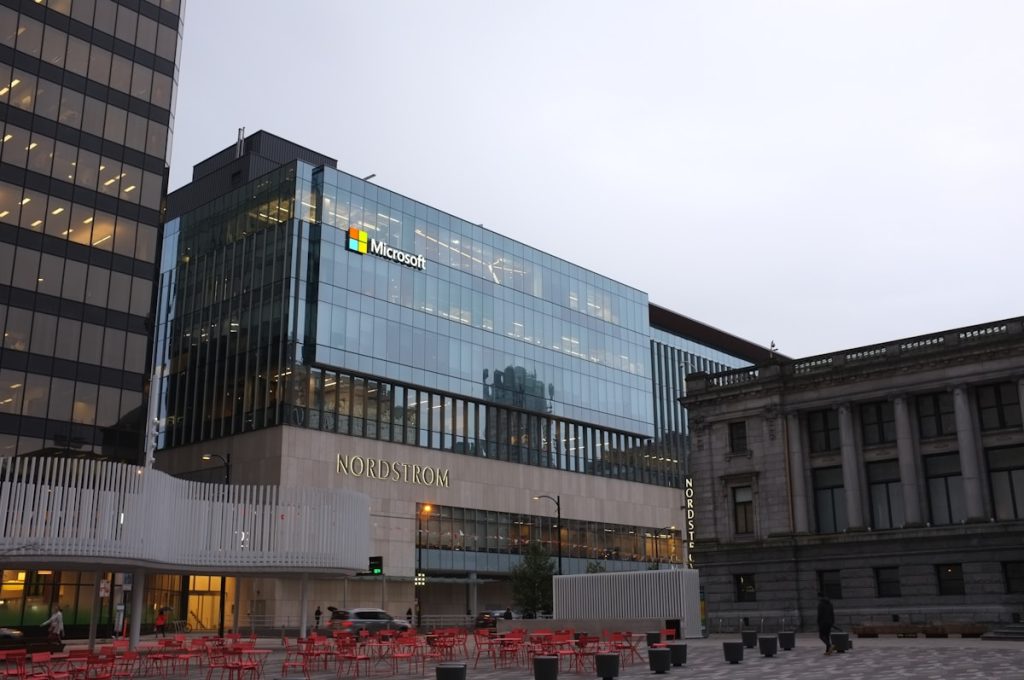US Agencies Warn Iranian Hackers May Still Conduct Malicious Cyber Activity
Growing Concern Over Persistent Threats
In a series of coordinated briefings earlier this summer, the United States DHS, the FBI, and the CISA warned that Iranian-sponsored cyber actors remain active and capable of launching a broad spectrum of malicious operations. The agencies stressed that the threat landscape has not diminished despite recent diplomatic overtures and heightened public scrutiny of Tehran’s cyber‑espionage programs.
Key Indicators Highlighted by Officials
According to the joint statements, several technical indicators suggest that Iranian groups are still pursuing:
- Supply‑chain compromises targeting software distribution channels.
- Credential‑stuffing attacks against cloud services and critical‑infrastructure platforms.
- Use of sophisticated malware families—Fluorine, Kimsuky, and Havoc—to exfiltrate data and maintain persistence.
- Coordinated phishing campaigns that leverage current geopolitical events to increase click‑through rates.
- Exploitation of known vulnerabilities in widely deployed enterprise firewalls and industrial‑control systems.
Recent Campaigns Underscore the Threat
In the past six months, U.S. agencies have attributed at least three high‑profile incidents to Iranian actors:
- Energy‑sector intrusion (May 2024): A water‑utility network in the Midwest experienced a covert backdoor insertion that could have enabled remote manipulation of pump controls.
- Financial‑services breach (July 2024): A multinational bank reported unauthorized access to internal transaction databases, with forensic analysis linking the intrusion to the Fluorine toolset.
- Academic‑research theft (September 2024): Sensitive research data from a leading university’s materials‑science department was exfiltrated via a compromised VPN gateway, a tactic commonly associated with Iran’s APT41.
US Response Measures
To counter the ongoing risk, the agencies outlined a multi‑pronged strategy:
- Enhanced information sharing: Expanding the CISA portal to provide real‑time Indicators of Compromise (IOCs) to private‑sector partners.
- Joint attribution efforts: Deploying cross‑agency teams to combine technical forensics with diplomatic channels for a coordinated response.
- Targeted sanctions: Leveraging the OFAC to freeze assets of individuals and entities linked to the malicious operations.
- Public‑private sector exercises: Conducting tabletop simulations with critical‑infrastructure operators to stress‑test incident‑response capabilities.
- Education and awareness: Launching a national campaign to train employees on phishing detection, secure credential practices, and device hardening.
What Organizations Can Do Now
Cyber‑security leaders are urged to adopt a proactive posture. Experts recommend the following immediate actions:
- Patch Management
- Prioritize rapid deployment of security patches for operating systems, applications, and firmware, especially those identified in recent advisories.
- Zero‑Trust Architecture
- Implement strict identity verification, least‑privilege access controls, and continuous monitoring of network traffic.
- Threat‑Hunting Teams
- Establish dedicated teams to hunt for IOCs associated with Iranian APT groups, using threat‑intel feeds from CISA and private security vendors.
- Incident‑Response Plans
- Review and rehearse response procedures, ensuring clear escalation paths to federal partners when a breach is suspected.



